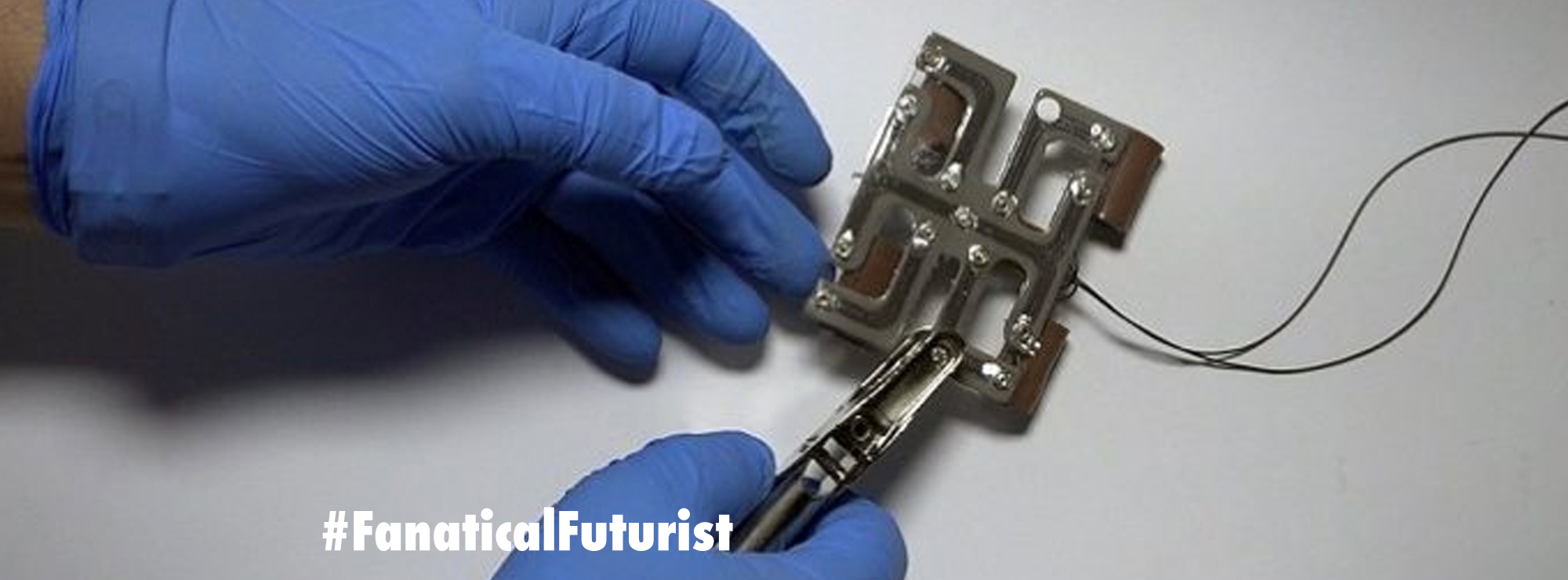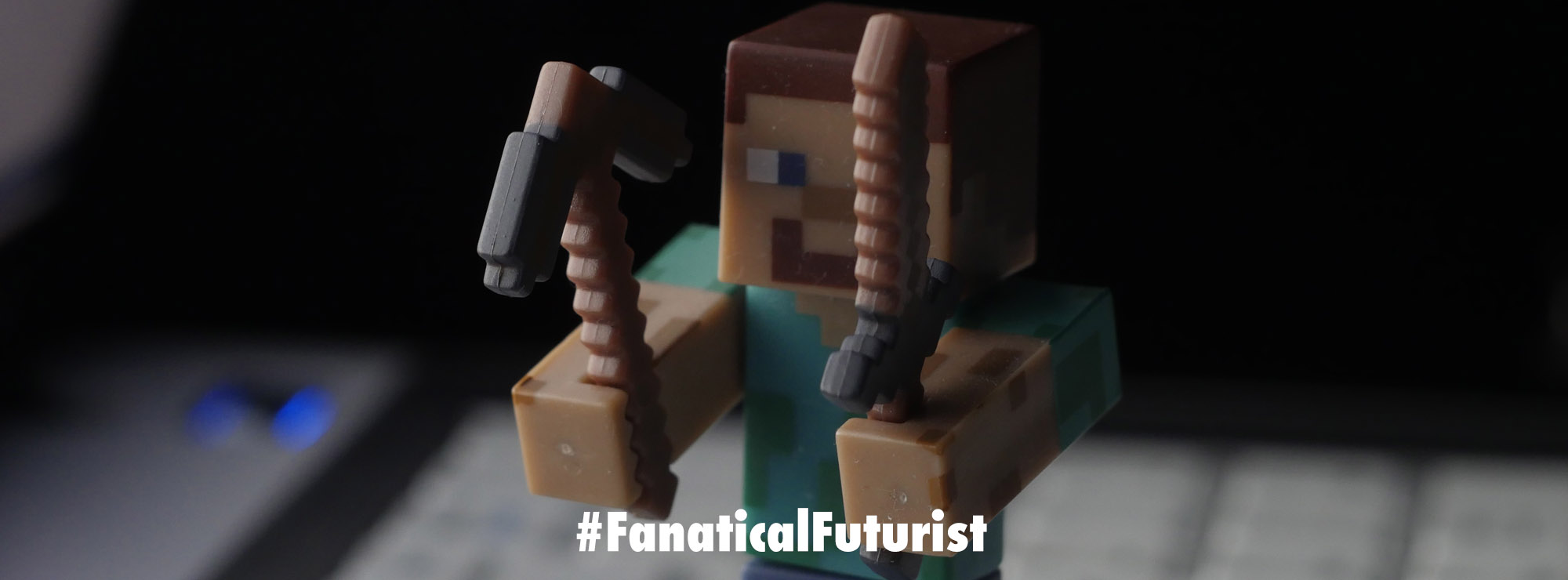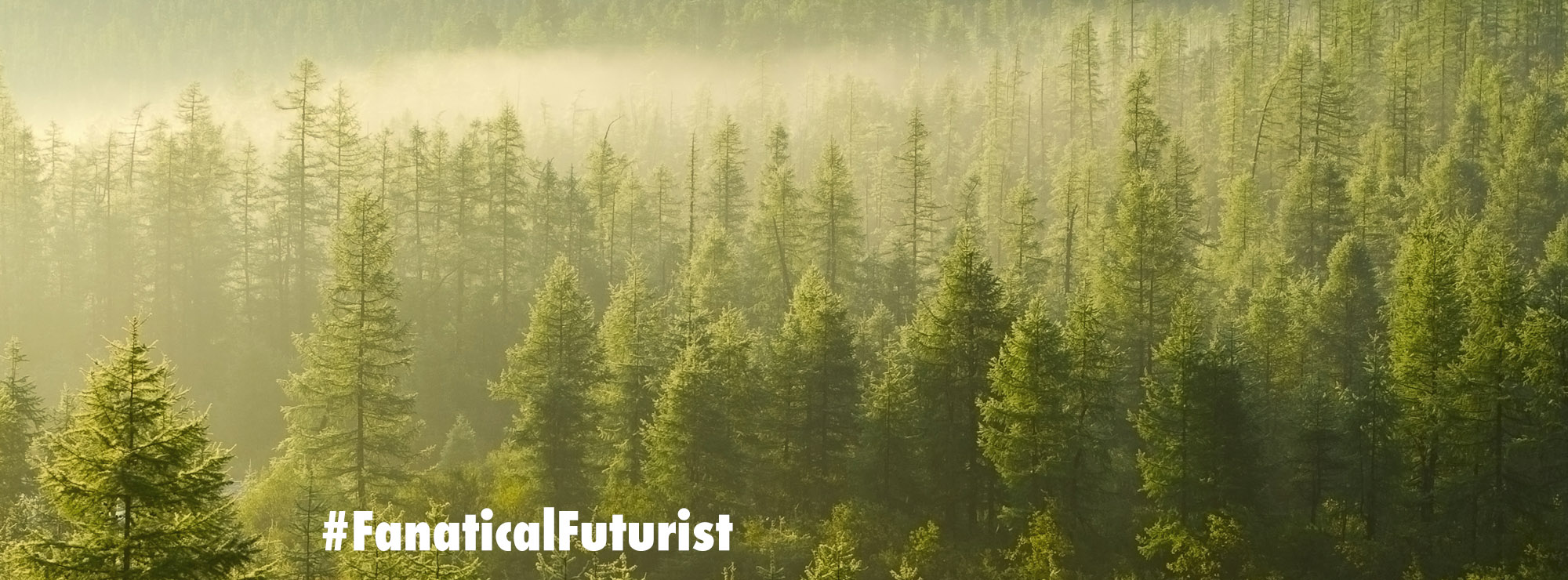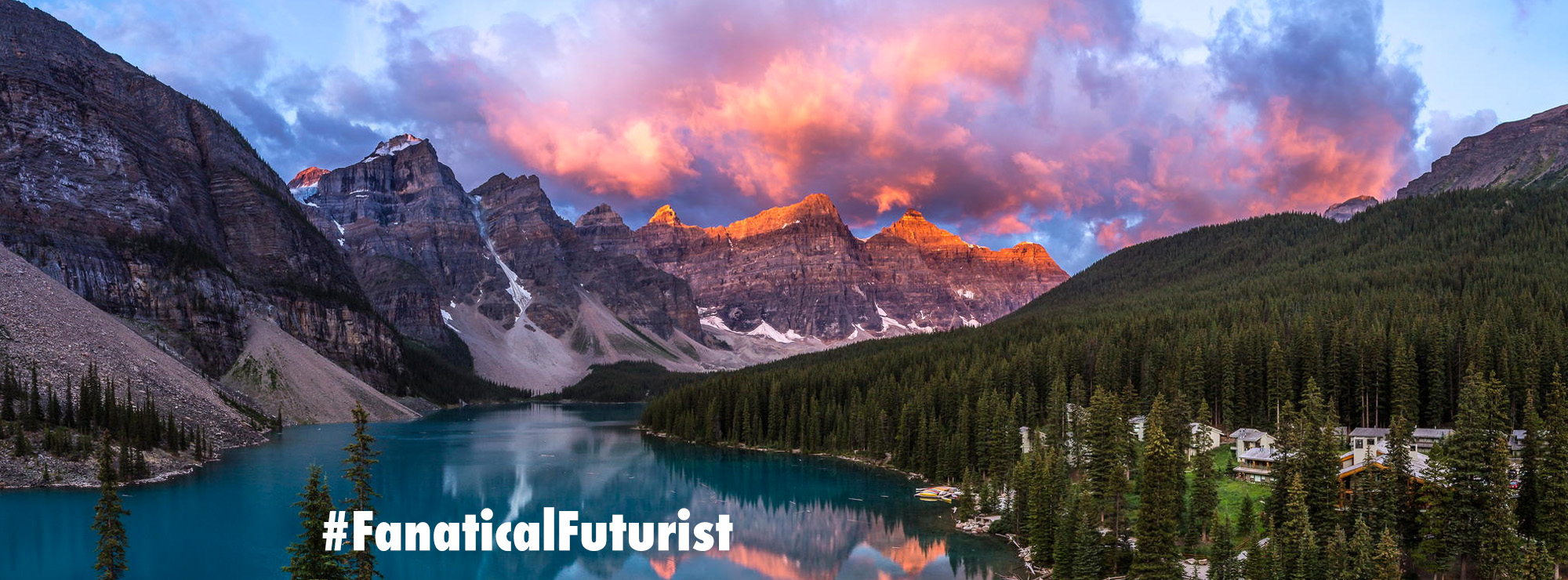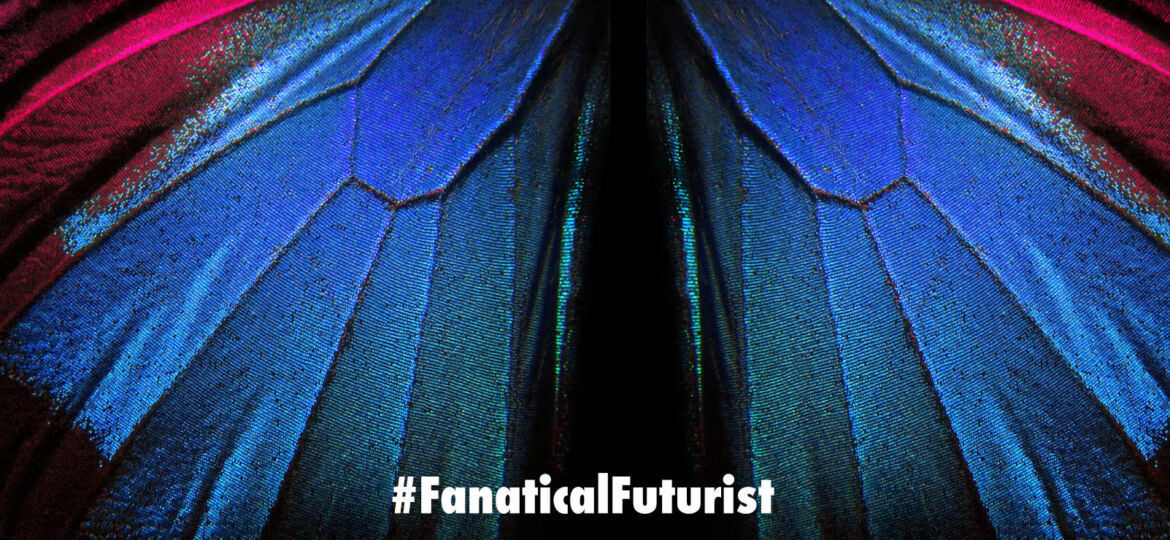
WHY THIS MATTERS IN BRIEF
Many colours in nature, such as butterfly wings, never fade and that’s because they have specific nanotextures that we can now use to give paint the same properties.
 Love the Exponential Future? Join our XPotential Community, future proof yourself with courses from XPotential University, read about exponential tech and trends, connect, watch a keynote, or browse my blog.
Love the Exponential Future? Join our XPotential Community, future proof yourself with courses from XPotential University, read about exponential tech and trends, connect, watch a keynote, or browse my blog.
Traditional paint gets it color from synthetic pigments, which fade over time and aren’t very eco-friendly. There may soon be a better alternative, though, in the form of a paint which incorporates color producing nanostructures.
We’ve previously heard about technologies that mimic the manner in which the wings of certain butterflies display such vibrant colors. Those wings forgo natural pigments for nanoscale structures which reflect or scatter and absorb ambient white light in such a way that it’s seen as colors such as bright red, blue or green.
Led by Prof. Debashis Chanda, scientists at the University of Central Florida have replicated that phenomenon in an experimental “Plasmonic Paint.”
Along with a commercial binder liquid, which is a polymer resin and isopropyl alcohol, it incorporates tiny mirror-like flakes of aluminium which are coated in even tinier particles of aluminium oxide. Depending on the size and spacing of those nanoparticles, the flakes appear to be either cyan, magenta or yellow. Various paint hues can be produced by mixing the different primary colors of flakes in different ratios.
According to Chanda, the aluminium used in the paint is much less harmful to the environment than the synthetic pigments which are currently utilized in conventional paint. Additionally, whereas those pigments gradually lose their ability to absorb photons over the years – resulting in a duller appearance – the nanostructured flakes should produce the same brilliant colors forever and never loose their shine or colour which, as far as paint goes, would be a game changer.
What’s more, thanks to its large area-to-thickness ratio, very little of the plasmonic paint is needed to effectively coat a surface. For instance, the university states that only about 3 lb (1.4 kg) of the paint would be needed to coat a 747 jumbo jet, whereas over 1,000 lb (454 kg) of conventional paint would be required to do the same job. This officially makes the plasmonic paint the lightest paint in the world.
Finally, because the paint reflects the entire infrared light spectrum, it absorbs very little heat. As a result, underlying surfaces reportedly stay 25 to 30 ºF (14 to 17 ºC) cooler than if they were coated with traditional paint of the same color.
“Over 10% of total electricity in the US goes toward air conditioner usage,” said Chanda. “The temperature difference plasmonic paint promises would lead to significant energy savings. Using less electricity for cooling would also cut down carbon dioxide emissions, lessening global warming.”
The lab-produced plasmonic paint is currently more expensive to make than mass-produced pigmented paint. It is hoped that will cease to be the case, once the technology is scaled up to commercial production levels.
The research is described in a paper that was recently published in the journal Science Advances.
Source: University of Central Florida









